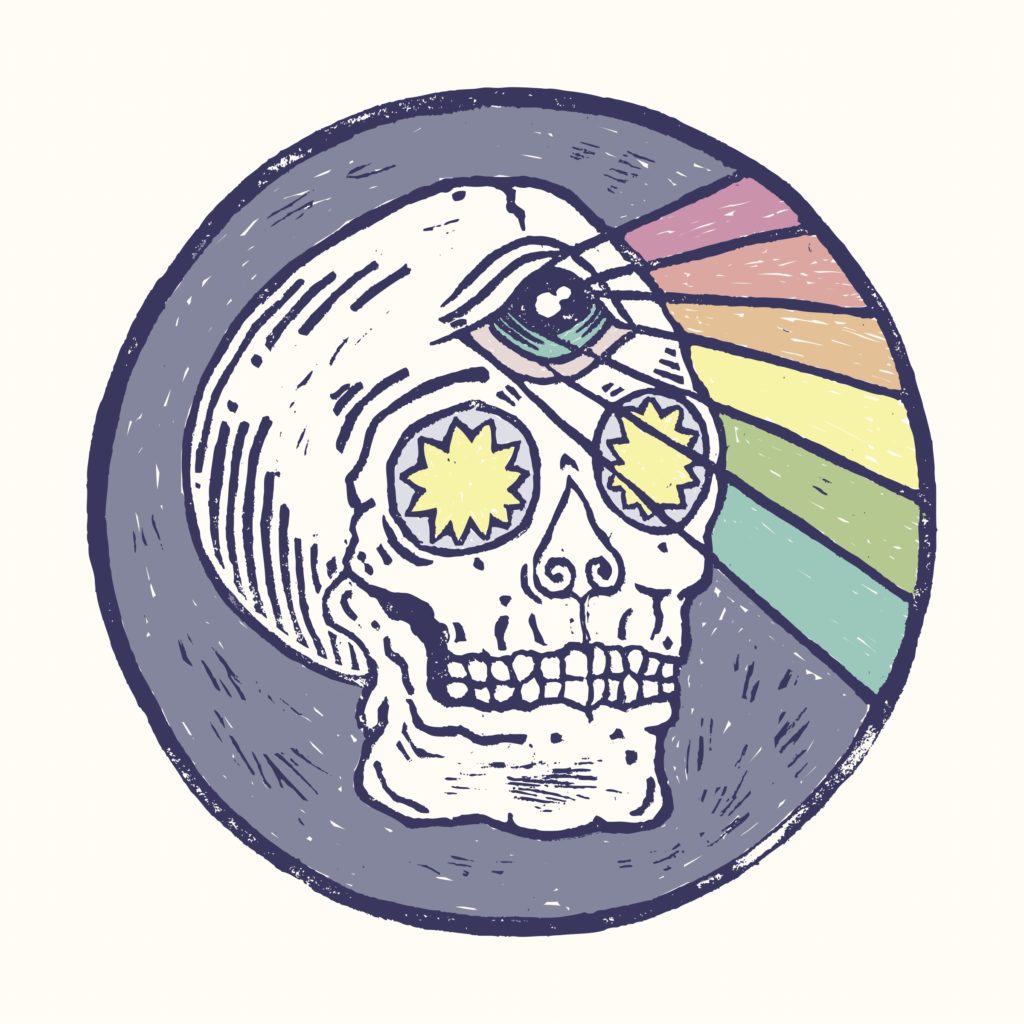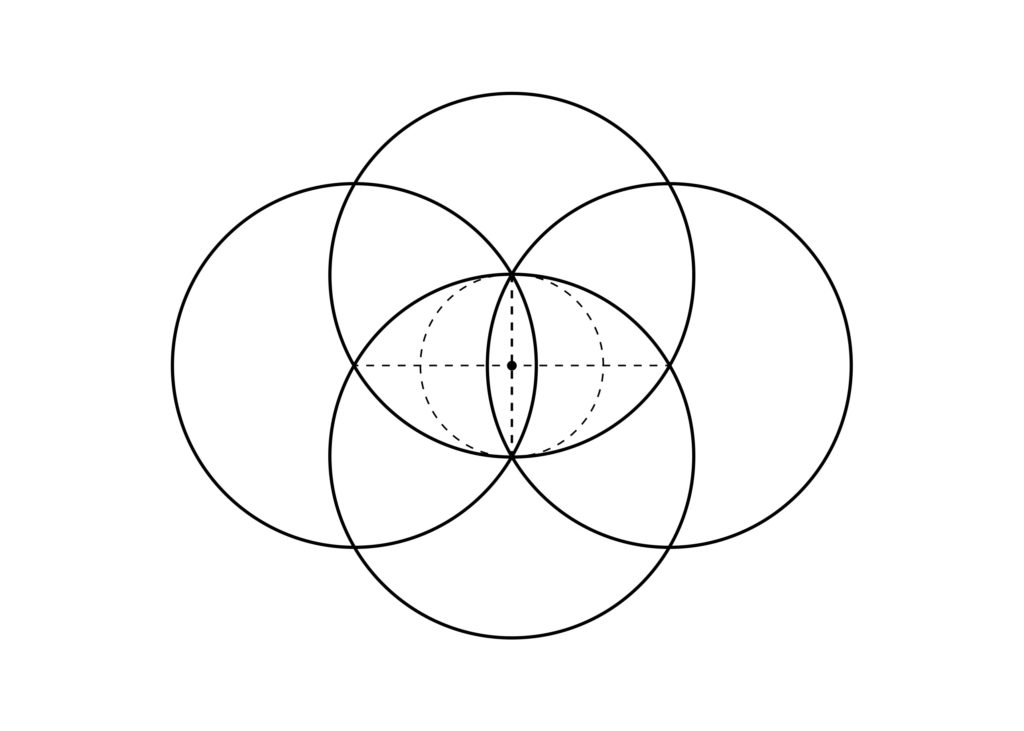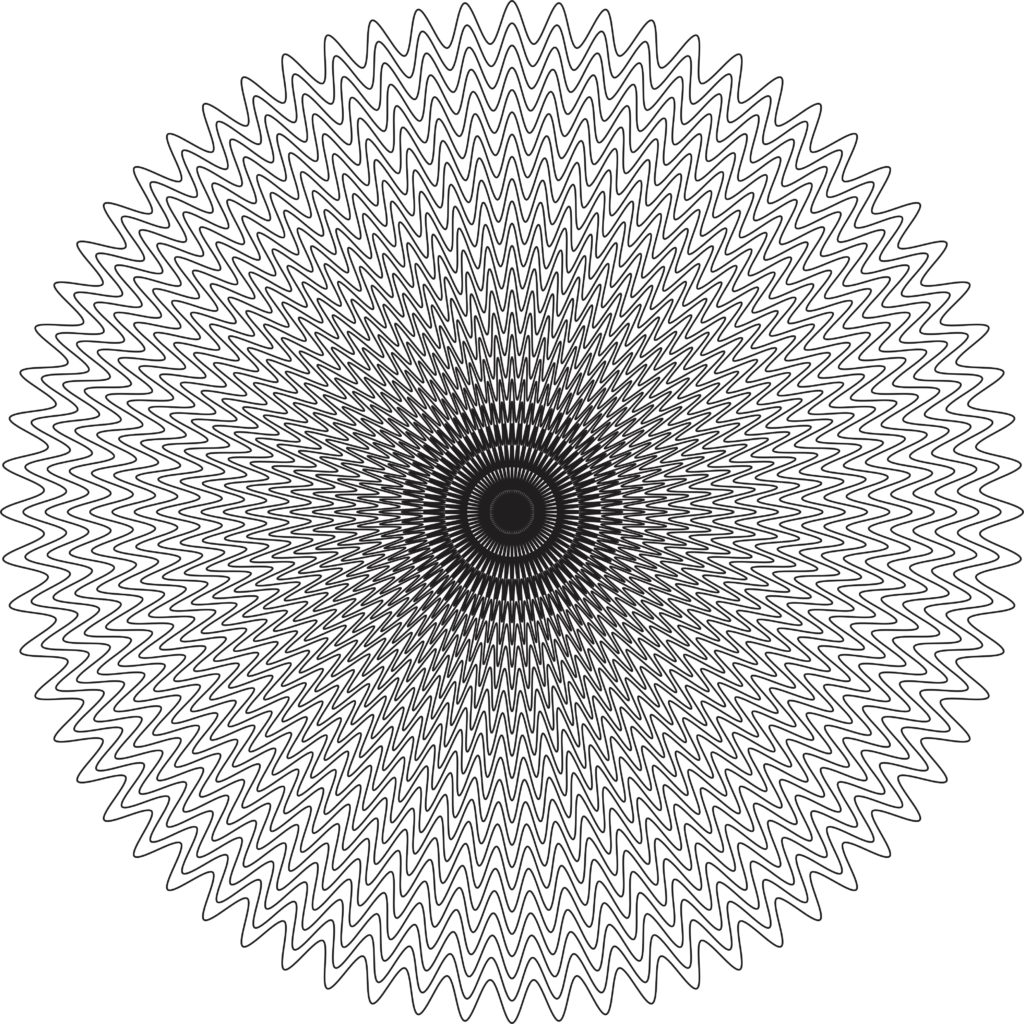
- cart Free Trial
Book your Bespoke Consultation Now! Book Consultation
CHANGING THE NARRATIVE

Meditation: what is it, why is it good for me and how do I do it?By David Pearce
In essence, meditation is the practice of focusing the mind to bring into awareness that which is in non-awareness.
All the experiences we have consist of two components – the observer, and that which is observed. In our day-to-day life, what we observe is typically external to us, and as a result we grow up with the (mis)interpretation that everything external to us is separate from us. This sense of separation manifests itself in the creation of our Ego – the character we play in the story of our life on the stage of this world. As we navigate through the trials and tribulations of life we continuously build upon this ego-story; and because we’re never taught to examine it, we get lost in this story and it ends up defining who we are – “Hi, my name is John, I’m an accountant, married with two children, just about to buy a new house.” Yes, this story is in part who we are, but it’s not the essence of what makes us ‘us’. How could it be, when the narrative of the story we tell has changed so dramatically throughout the years – your story at the age of 10 is significantly different to the one now. Yet there’s still a ‘you’ that has remained consistent throughout.

Meditation is the practice of peering past the story to find the essence that lies beneath. Getting lost in the Ego story is the equivalent of wearing an outfit each day for so long that you come to believe that outfit is you – you forget you’re not the outfit but the one wearing it! By making the subject of observation (that consistent part of us, the observer) the object of observation, we begin to remember and recognise this distinction – this is the practice of meditation.

Well, this story begins in our childhood when we don’t have the cognitive capability to constructively author it, so it ends up being co-written by those around us and our instinctive reactions to our experiences. As such, we write chapters that, at the time, serve us in some way, but eventually may not serve us anymore. Naturally we outgrow and evolve elements of our Ego-story as we develop, and obvious aspects get rewritten through social conditioning (for example, we learn that throwing tantrums isn’t a socially acceptable way to act…or at least most of us do). However, the more subtle aspects can be all too easily overlooked, and only start to come into our awareness when something goes wrong (e.g., we eventually spot behavioural patterns after countless break-ups; we get depressed; we need therapy). Meditation is a kind of self-therapy – it’s taking time to step out of our everyday life and witness that inner-monologue that’s constantly running. It’s easy to think that the voice inside our head is also us, but again, like the story, it’s not, because we’re actually the one who notices that voice.

By taking the time to listen to it we begin to learn to watch the story rather than be the story, at which point we can then start to disassociate from it. Once we realise it isn’t who we are, we can learn to accept that it doesn’t have to dictate our life, and we can then begin the process to update it to one we actually want. Many people may talk about ‘killing the Ego’, but to exist in the world we require one, so it’s something that isn’t going away – it’s like a best friend that’s always with you. But what friend wants to spend their life with someone who’s trying to kill them!? The Ego just wants to feel safe – that’s all its ever wanted, for both of you. This is why when it feels attacked it tries to defend itself. But those undeveloped aspects of it are the unnurtured child-aspects of yourself, and so they aren’t able to express themselves in a healthy adult manner. Rather than exacerbating that fear, why not help it feel safe by showing it love and nurturance instead – like a parent would do to a child; rather than trying to kill our Ego we can think of it as merely rehabilitating it – updating the story to the one we want. If elements of this story, this inner voice, aren’t truly us but are merely a construct, then the unhealthy aspects that are no longer serving us can be deconstructed and reconstructed as something more beneficial, helping us live a better, happier, healthier life.

Well, there are numerous types of meditation – chanting, mantra, movement, visualisation, etc; but the simplest would be to just sit. (Simplest in the sense that it doesn’t really require anything, not that it’s particularly ‘easy’.) Sitting legs or ankles crossed, or kneeling, (whichever is most comfortable), perhaps on a cushion or bolster to allow the knees to be in line with or lower than the hips, with the spine long and hands placed somewhere comfortable (on the knees, thighs, or lap). Ideally this is without leaning your back against anything, but if that’s challenging to start off with then by all means use something to support (even sitting on a chair), but just try not to have your head resting against anything (to help ensure that you don’t fall asleep!). Ear plugs may also be useful if it’s not particularly quiet where you are. Just close your eyes and focus on your breathing – ideally in and out through the nose – simply count the duration of the inhales and exhales, seeing if you can make them equal in length. Notice the speed, the texture, the temperature, and depth of the breath as you count. Maybe just do 5 minutes a day to start, and once that becomes manageable then start to increase that to 10, then 15, and eventually 20. Most likely, especially at the start of your meditation journey, you’ll begin to notice intrusive thoughts drifting into your awareness distracting you from your counting.

This doesn’t mean that you’re doing it wrong – in fact, it means you’re doing it right! In realising that you’ve become distracted it means you’re starting to watch the thoughts rather than getting lost in them. This can be frustrating for those new to meditation who are under the impression that to be doing it right you have to ‘think of nothing’. But it’s not about thinking of nothing, it’s about how long it takes for you to realise you’ve started thinking of something. Once you’ve become aware that you’re no longer focused on your breathing and counting, acknowledge what your mind has attempted to communicate something to your conscious awareness, and maybe even ask why – what is it that is feeling unresolved and perhaps needs addressing, so much so that it’s come to mind in that moment? Then thank your unconscious for its communication and return to counting the breath once again. See how long it takes for you to count just ten consecutive breaths without distraction – it may take you longer than you think! Over time, the duration between two consecutive thoughts will lengthen, and it’s this space where the magic lies. In this space you cease to exist, yet you still exist. In this space you are the most fundamental essence of your being. In the yogic philosophy, it’s the space between the thoughts where the Ego dissolves and you reconnect with God/the Universe/the Divine/Cosmic Consciousness, whatever words you want to describe that which exists beyond the known. It’s in this space that we connect with that something greater that we inherently know is there but can never fully comprehend. The more we take the time to strengthen that connection in meditation, the better connected to it we can be in our day-to-day life.
